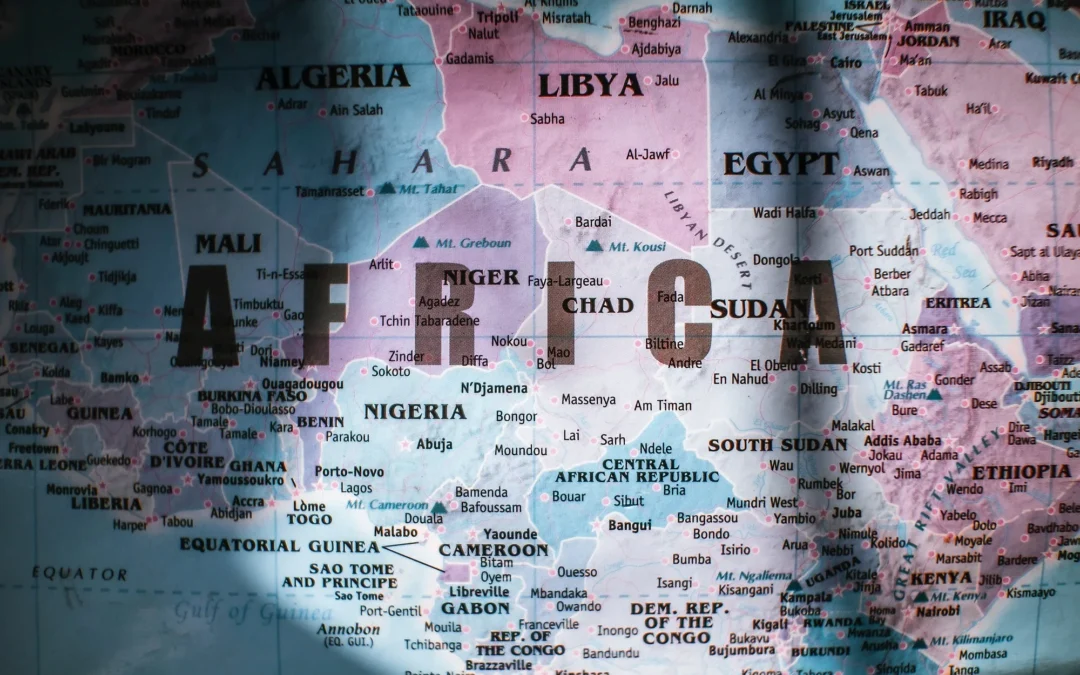Imagine a world where trading across 54 African countries is as simple as doing business locally. That’s the vision of the African Continental Free Trade Area (AfCFTA)—a landmark African trade pact reshaping how goods and services flow across the continent. Whether you run a small business, a growing startup, or a multinational, this continental free market opens vast opportunities by breaking down barriers and connecting 1.3 billion people.
What is the African Continental Free Trade Area (AfCFTA)?
Objectives of the AfCFTA Agreement?
AfCFTA sets out specific objectives that guide its mission of unifying Africa’s trade and economic future:
- Harmonize Customs & Trade Rules – Align documentation, rules of origin, and clearance standards across all member states.
- Eliminate Tariff Barriers – Gradually remove tariffs on 90% of goods to reduce landed costs.
- Facilitate Cross-Border Logistics – Improve transit corridors and simplify processes for transporters, freight forwarders, and IOR providers.
- Strengthen Regional Supply Chains – Encourage sourcing and production within Africa instead of relying heavily on imports from Asia/Europe.
- Enable Digital & E-Commerce Trade – Build frameworks for e-signatures, digital payments, and online platforms.
- Create a Unified Dispute Resolution System – Provide a central mechanism to handle trade-related disputes and compliance conflicts.
Benefits of AfCFTA
By translating its objectives into practice, AfCFTA delivers clear advantages for businesses, traders, and industries across Africa:
-
Lower Cost of Goods Movement – Reduced tariffs and border delays cut logistics and compliance costs.
-
Faster Market Entry – Unified customs processes shorten clearance times and reduce demurrage.
-
Access to a 1.3 Billion-Person Market – SMEs and multinationals can expand without facing multiple tariff barriers.
-
Growth of Local Manufacturing & Industrialization – Larger demand pools encourage scaling production within Africa.
-
Increased Intra-African Trade Volumes – Projected 45%+ growth in cross-border trade by 2025.
-
Reduced Reliance on Non-African Imports – Stronger resilience against global supply chain shocks.
-
Formalization of Informal Trade – Safer, more structured opportunities for women and small traders.
-
Expansion Opportunities for Logistics, IOR & EOR Services – More demand for professional partners to navigate customs, tax, and compliance across multiple countries.
Why AfCFTA Matters for Traders and SMEs
For traders, AfCFTA means reduced costs, smoother cross-border exchanges, and the confidence of operating under formal dispute-resolution systems.
For SMEs, it unlocks access to an Africa-wide marketplace. Businesses can grow faster, innovate, and build stronger regional supply chains—without the burden of high tariffs.
Final Thoughts
AfCFTA signals the start of a new era in African trade—an era defined by growth, integration, and global competitiveness. With fewer barriers and stronger regional ties, Africa is set to unlock unprecedented opportunities. Now is the time for businesses to prepare, expand, and lead in this unified market.
Start your trade journey with IOR Africa—simplify compliance and focus on growing your business.
Frequently Asked Questions
How AfCFTA Works?
what is AfCFTA's Impact on African Trade?
UNECA predicts AfCFTA will boost intra-African trade by 52.3% after removing trade barriers. It’ll cover a $2.5 trillion GDP market, promoting more industrial goods over extractives. Currently, 75% of Africa’s external exports are extractives, compared to 40% for intra-African trade.

